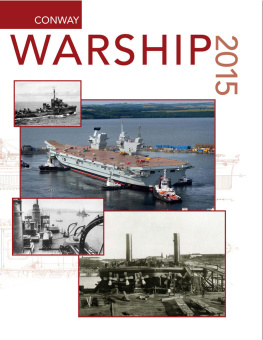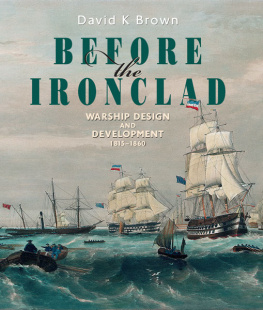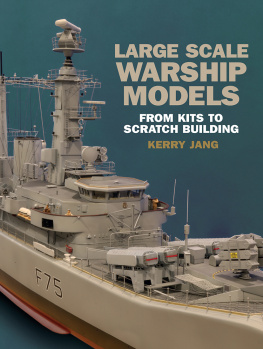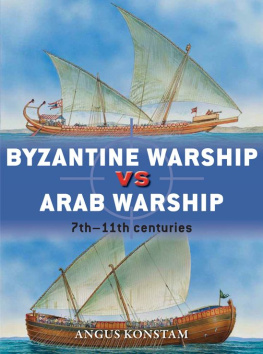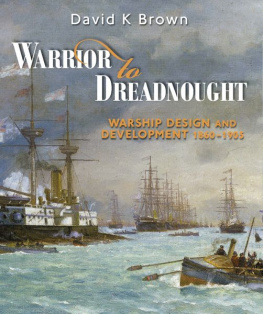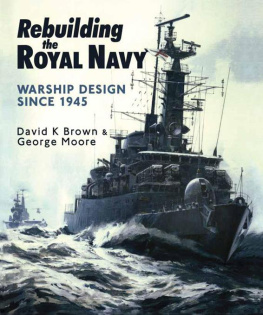Jordan - Warship 2015
Here you can read online Jordan - Warship 2015 full text of the book (entire story) in english for free. Download pdf and epub, get meaning, cover and reviews about this ebook. year: 2015, publisher: Bloomsbury Publishing, genre: Non-fiction. Description of the work, (preface) as well as reviews are available. Best literature library LitArk.com created for fans of good reading and offers a wide selection of genres:
Romance novel
Science fiction
Adventure
Detective
Science
History
Home and family
Prose
Art
Politics
Computer
Non-fiction
Religion
Business
Children
Humor
Choose a favorite category and find really read worthwhile books. Enjoy immersion in the world of imagination, feel the emotions of the characters or learn something new for yourself, make an fascinating discovery.
- Book:Warship 2015
- Author:
- Publisher:Bloomsbury Publishing
- Genre:
- Year:2015
- Rating:3 / 5
- Favourites:Add to favourites
- Your mark:
- 60
- 1
- 2
- 3
- 4
- 5
Warship 2015: summary, description and annotation
We offer to read an annotation, description, summary or preface (depends on what the author of the book "Warship 2015" wrote himself). If you haven't found the necessary information about the book — write in the comments, we will try to find it.
Jordan: author's other books
Who wrote Warship 2015? Find out the surname, the name of the author of the book and a list of all author's works by series.
Warship 2015 — read online for free the complete book (whole text) full work
Below is the text of the book, divided by pages. System saving the place of the last page read, allows you to conveniently read the book "Warship 2015" online for free, without having to search again every time where you left off. Put a bookmark, and you can go to the page where you finished reading at any time.
Font size:
Interval:
Bookmark:

The Japanese aircraft carrier Shkaku photographed on 30 May1939 at berth no.2 of Yokosuka NY, the day before she waslaunched in the presence of Prince Fushimi and other members ofthe Imperial family. The bulbous bow the first to be fitted in anIJN warship is particularly prominent. The naval officers andengineers are in working dress. The ships principal designer,Cdr. Inagawa Seiichi, is in the front row, fourth from the left.The launch weight of Shkaku was 18,315 tonnes. She was thelast big ship launched from this berth before the beginning of thePacific War; Fukui Shizuo states that the launch ceremony wasattended by many spectators. (Fukui Shizuo collection)
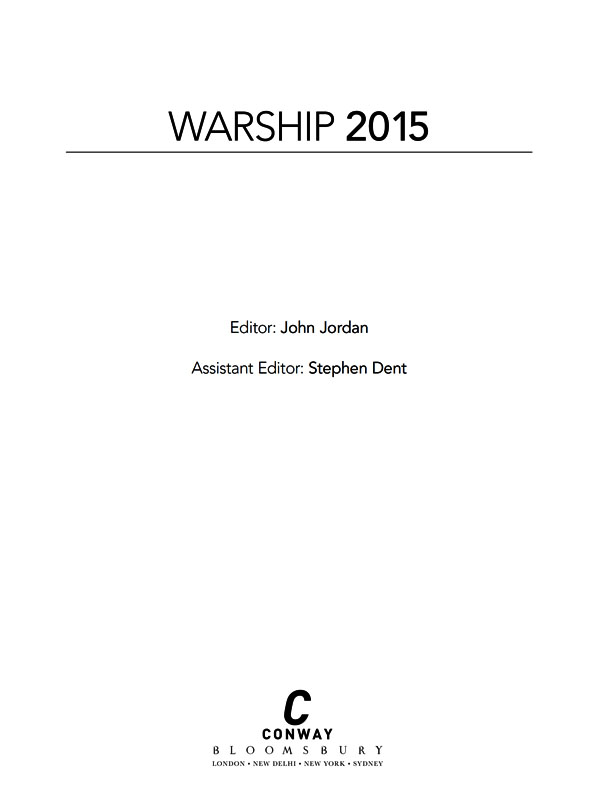

FEATURE ARTICLES
John Jordan examines the origins of Patrie and Dmocratie classes and their subsequent entry into service with the Marine Nationale.
Aidan Dodson describes the after-life of a series of Victorian big ships, as constituents of the Fisgard artificers training establishment in Portsmouth harbour.
Michele Cosentino looks at Lieutenant-General Filippo Bonfigliettis plans for an aircraft carrier, which date from 1929 but have only recently come to light.
Peter Cannon looks at the Royal Navys first surface engagement of the Pacific War, which took place off the Malayan town of Endau on 27 January 1942.
Philippe Caresse looks at the design, construction and career of one of the most distinctive early submarines, which for many years held the record for underwater speed.
Hans Lengerer examines the conceptual aspects of perhaps the best of the prewar carrier designs and the technical advances incorporated into these ships.
Stephen McLaughlin takes a fresh look at these peculiar vessels, probably the Russian ships best known to westerners, and often used to illustrate the supposed foolishness of Russian naval authorities.
Conrad Waters reviews the latest developments in carrier aviation
Peter Marland describes the Royal Navys efforts to produce effective weapons systems for its ships during the post-war era.
Enrico Cernuschi and Vincent P. OHara detail the running battles for supremacy in these narrow waters between Austria-Hungary and the forces of France, Italy and Great Britain.
Brooks Rowlett presents a series of photographs of the preserved battleship USS North Carolina (BB55).

I n his chapter A Majestic Fleet, 1893-1904 (Warrior toDreadnought, Chatham Publishing 1997), the late David K Brown regretted the common use of the term pre-Dreadnought, which he considered derogatory, to describe the battleships of that period. As he correctly pointed out, until Dreadnoughts were at sea in numbers these ships commanded the sea. He might also have pointed out that not everyone was initially convinced by the all-big-gun ship. The year 1905, which saw the remarkably rapid construction of the revolutionary battleship HMS Dreadnought, was also the year of Tsushima, the only major battle involving modern steam-powered battleships prior to 1914. The major navies all spent a considerable amount of effort analysing the lessons of this battle, but there were significant disagreements in their respective conclusions.
For the French Tsushima confirmed the power of the quick-firing medium gun batteries, which at the current battle ranges of 2000-3000m could batter a ship into submission, leaving it to be finished off at even closer range by the slow-firing big guns or the torpedo. This effectively validated the design of the ships already on the stocks, the six fleet battleships of the Patrie class (see the Editors article which fronts this annual). The calibre of the French medium guns would see a steady progression but the primacy of these guns, which were capable of firing up to three rounds per minute, went unchallenged. The French laid down their first pair of all-big-gun ships only in late 1910, and they were barely worked up by August 1914. Thus, whereas in the Royal Navy the contemporaries of the Patrie, the King Edward VII class, were relegated to second-line duties shortly after the outbreak of war, the five surviving ships of the Patrie class, together with the six semi-dreadnoughts of the Danton class, continued to constitute the core of the French fleet in the Mediterranean. Despite their theoretical obsolescence these ships remained formidable gunnery platforms, particularly at the shorter battle ranges for which they had been designed.
Re-evaluation is something of a theme in this years annual. For many years Western commentators have speculated on the reason for the port-side location of the island in the IJN carriers Akagi and Hiryu, with elaborate theories being put forward relating to command and control (when these two ships were operating with their half-sisters Kaga and Soryu, both with islands to starboard) and aircraft landing circuits. Hans Lengerer, in his article on the carriers of the Shkaku class, finally puts the matter to rest. He details the rationale for the port-side island, located at the mid-point of the flight deck, the trials of the concept which took place during the late 1930s, and the final decision to revert to a starboard-side island forward for Shkaku and Zuikaku, which meant significant modifications to the former ship while under construction and left her with the vestigial support structure on the port side. Herr Lengerers article also provides new insights into the passive protection features developed specifically for these ships, including blow-out plates in the sides of the hangar to vent explosions and an underwater protection system which used a liquid/air sandwich.
Stephen McLaughlins article on the circular ironclads Novgorod and Vitse-admiral Popov, often referred to as the popovkas, also takes a new look at these unusual vessels, and in the process targets some of the more extreme mythologies surrounding them. He concludes that, while these ships had their faults, both the ships and their designer have suffered unjust and exaggerated criticism, and that the popovkas were relatively effective coast defence vessels for their size.
Michele Cosentino in turn addresses another myth: the Italian Navys apparent total lack of interest in carrier aviation between the wars. Although the Italian admiralty was itself ambivalent about the need for aircraft carriers in the Mediterranean theatre, it did promote a serious design for a purpose-built carrier of 15,000 tons by Lieutenant-General Filippo Bonfiglietti to serve as a naval aviation demonstrator. Bonfigliettis original plans for the ship, together with a model, were preserved by the naval engineers family and have only recently come to light. They were the result of detailed studies by Bonfiglietti of foreign designs and reflect contemporary thinking about carrier aviation. In the end the carrier was not built due to political opposition, mainly from the
Font size:
Interval:
Bookmark:
Similar books «Warship 2015»
Look at similar books to Warship 2015. We have selected literature similar in name and meaning in the hope of providing readers with more options to find new, interesting, not yet read works.
Discussion, reviews of the book Warship 2015 and just readers' own opinions. Leave your comments, write what you think about the work, its meaning or the main characters. Specify what exactly you liked and what you didn't like, and why you think so.

